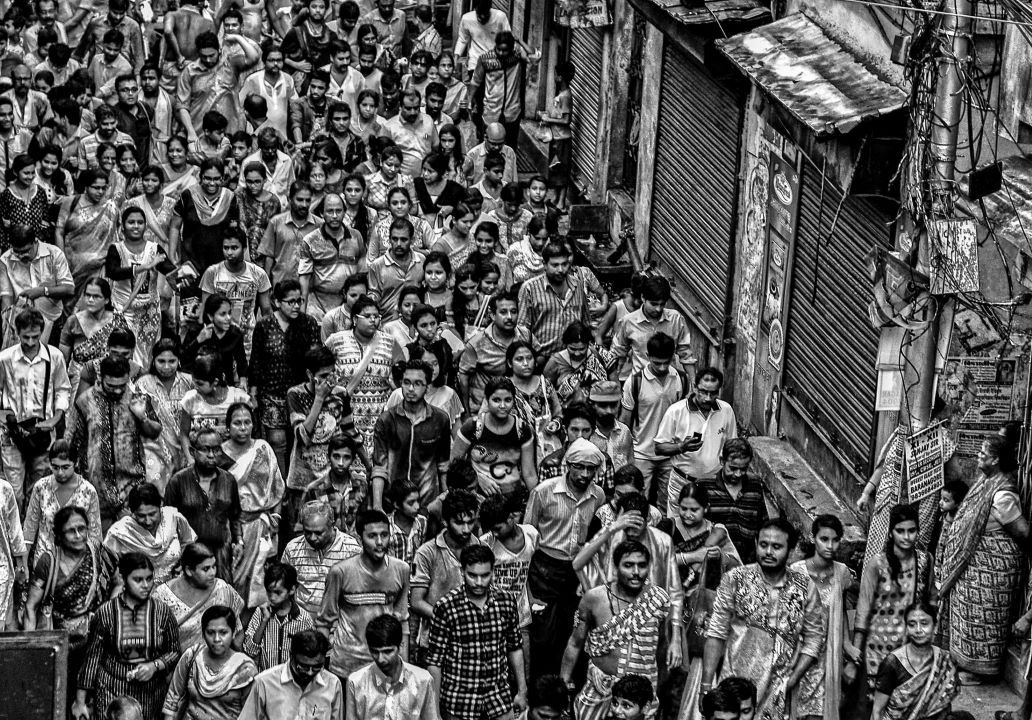The world population, estimated to exceed eight billion by November this year, could reach 8.5 billion by 2030. According to estimates, the number of people on the planet could rise to 10.4 billion by 2100 as the death rate slows, according to a report published on the occasion of World Population Day.
Number of Pople on the Planet
India will overtake China as the world’s most populous country in 2023, reports a United Nations report. Both Asian countries registered more than 1.4 billion inhabitants this year. According to India’s 10-year census, the country’s population was 1.21 billion in 2011. According to UN estimates, the world’s population grew at the slowest rate since 1950, with growth falling below one percent in 2020.

The average birth rate of the world population in 2021 was 2.3 births per woman per lifetime, while in 1950, it was around five births per woman. It is projected to drop to 2.1 births by 2050.
The Trend May Be Decreasing
More than half of the projected increase in the world’s population will be concentrated in eight countries until at least 2050, according to the United Nations: Congo, Egypt, Ethiopia, India, Nigeria, Pakistan, the Philippines, and Tanzania. Sub-Saharan African countries are expected to account for more than half of the projected increase.

In addition, global life expectancy in 2021 fell to 71 years from 72.8 years calculated in 2019, mainly due to the coronavirus pandemic. Furthermore, populations are estimated to decline by one percent or more in 61 countries between 2022 and 2050 due to declining birth rates.
“These trends affect economic development, employment, income distribution, poverty, and social protection. They also affect efforts to ensure universal access to health care, education, housing, sanitation, water, food, and energy,” reports the UN.
Source: www.un.org/en/observances/world-population-day, featrued image by Gerd Altmann from Pixabay















